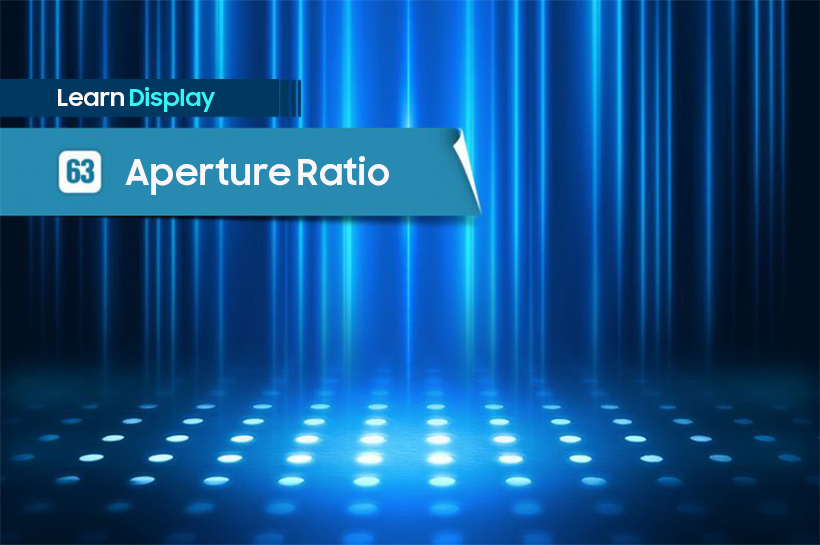
In displays, the aperture ratio refers to the ratio of the light-sensitive area of a single pixel to its total area. The higher the aperture ratio, the more light is emitted in a given display area.
In terms of energy usage, having a high aperture ratio means that a higher brightness level can be achieved for the same amount of power used, leading to increased energy efficiency. In other words, a higher aperture ratio results in a longer display lifespan since, usually, the lifespan of a display can be reduced when there is a large amount of power usage.
As such, the aperture ratio is one of the key indicators for display panel performance. One of the crucial factors that impact the aperture ratio is the direction of light emission on display. Classified into the top and bottom emissions, the top light emission has a higher aperture ratio due to the structure of the OLED display. In other words, the top emission will produce brighter images than the bottom emission, given the same amount of power to display identical images.

Brighter images can be expected from top light emission for the following reason: While the top emission display has the TFT, necessary for operating pixels, located underneath the emissive layer, the bottom emission display has the TFT on top of the emissive layer, blocking the light being emitted. Adopting the top emission structure, expanding the emissive area, and making TFT circuit line thinner, are some of the many efforts made in the display industry to increase the aperture ratio.



